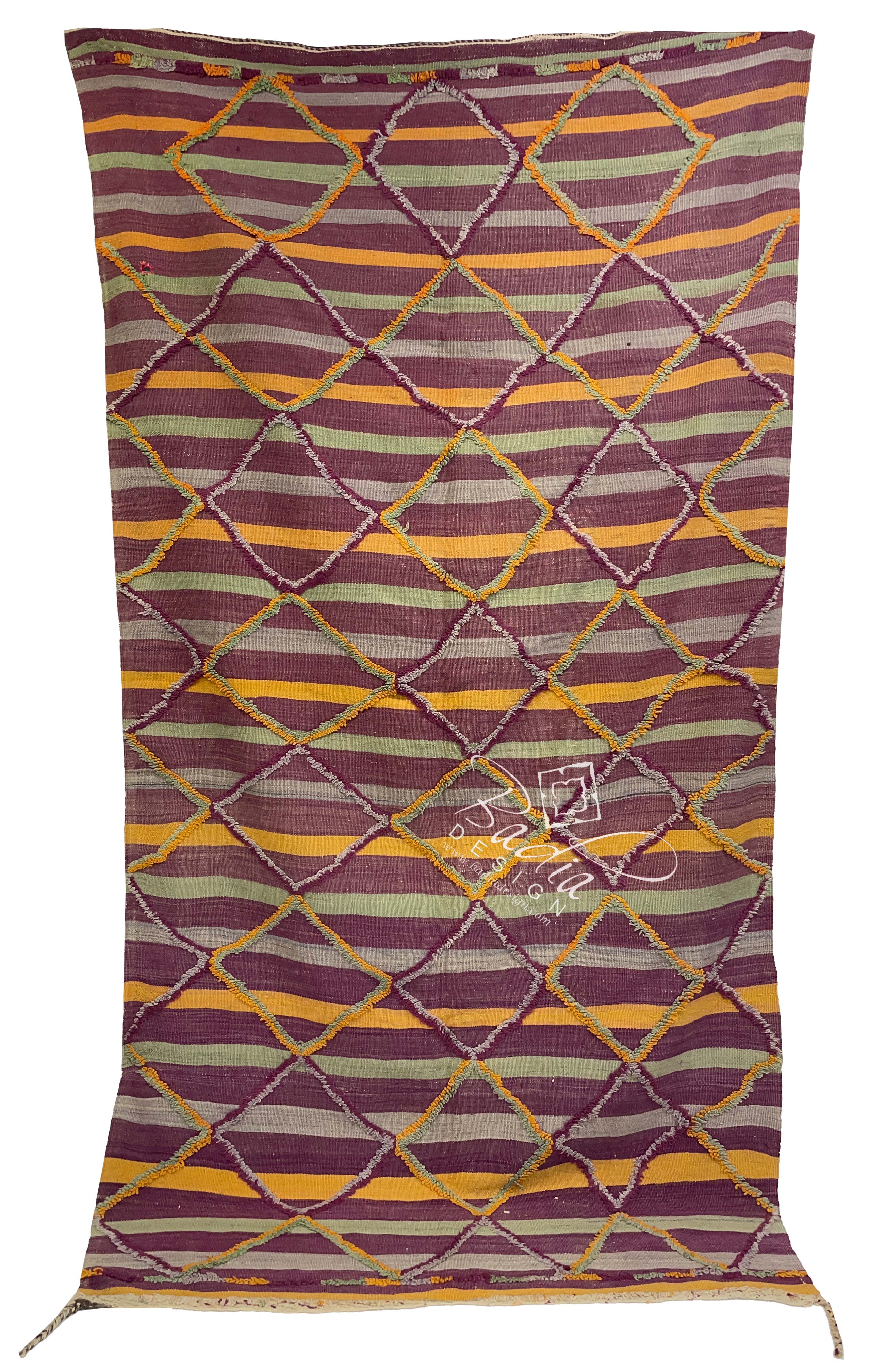Moroccan Tribal Rugs
Moroccan Tribal Rugs
Blog Article
Moroccan Berber Rugs: A Heritage of Craftsmanship, Culture, and Style
Moroccan Berber Rugs have captivated homeowners and organizations worldwide with their rich history, meticulous artistry, and incomparable adaptability. These rugs can enhance any space, from a snug living area to an elegant hotel suite. This guide delves into the fascinating history of Moroccan Berber rugs, the detailed artistry involved in their production, their renowned durability, and creative ways to incorporate them into today’s interiors.
The origins of Moroccan Berber rugs can be traced back millennia to the Berber tribes of North Africa. The Berbers, with their rich cultural heritage, developed rug-weaving techniques to meet the demands of their nomadic lifestyles and diverse climates.
The symbols and motifs in these rugs narrate stories that are specific to the tribe or family of origin. Motifs often symbolize concepts such as protection, nature, or fertility, giving each rug cultural significance. Originally, these rugs were crafted for utilitarian purposes, such as providing warmth during harsh winters in the Atlas Mountains or acting as soft bedding in arid desert regions.
In the mid-20th century, Moroccan Berber rugs gained international acclaim when renowned visionaries like Le Corbusier and Frank Lloyd Wright began incorporating them into their architectural masterpieces. Today, their timeless aesthetic and cultural richness make them a top pick for interior designers and collectors alike.
The production of Moroccan Berber rugs is an intricate process passed on through generations. This craftsmanship embodies a deep connection to heritage and artistry.
Berber rugs are typically crafted from natural materials such as pure wool, camel hair, or even cotton. Wool stands out for being soft, strong, as well as for its natural warmth. Artisans often hand-spin the wool, giving each rug a unique look and feel.
Berber rugs are handwoven on traditional looms, a process that can take extensive time depending on the size and complexity of the design. The knotting style, from Beni Ourain’s plush textures to Azilal’s tighter weaves, impacts both durability and design.
Artisans rely on natural dyes from the environment to produce the vivid tones seen in Berber rugs. Neutral shades dominate Beni Ourain designs, while brighter Azilal and Boucherouite pieces feature striking colors like red, blue, and yellow.
One of the most celebrated features of Moroccan Berber rugs is their exceptional durability. As a result, they’re an excellent fit for living spaces and work environments.
Berber rugs owe their longevity to the excellent quality of their natural fibers. Wool’s elasticity and stain resistance contribute to their durability.
Cleaning and maintaining a Moroccan Berber rug is relatively simple. Regular vacuuming, spot cleaning with mild detergent, and occasional professional cleaning will keep them looking pristine for years.
Tips for Styling Moroccan Berber Rugs in Modern Homes
Incorporating Moroccan Berber rugs into contemporary interiors is easier than you might think. These rugs' adaptability allows them to suit various aesthetics, including minimalist and bohemian styles.
1. Create a Focal Point in the Living Room
Use a large Beni Ourain rug as the centerpiece of your living room. The rug’s muted tones and clean lines bring cohesion to the space and exude coziness.
2. Introduce Vibrancy to Minimalist Rooms
In minimalist or neutral spaces, a colorful Azilal or Boucherouite rug can add a bold, eye-catching accent. They are ideal for subdued settings, acting as the central highlight.
3. Layer Rugs for Texture
For a cozy, eclectic vibe, layer a smaller Berber rug over a larger natural-fiber rug, such as jute or sisal. This combination not only adds depth and texture but also highlights the intricate details of the Berber design.
4. Enhance Workspace Aesthetics
Moroccan Berber rugs are perfect for adding elegance and warmth to professional spaces, including offices and lounges. The artisanal craftsmanship of these rugs radiates authenticity and refinement.
5. Use as Wall Art
Some Moroccan Berber rugs are so visually stunning that they deserve to be displayed as art. Displaying a Berber rug on a wall highlights its intricate design and cultural significance.
The Value of Moroccan Berber Rugs
For both homeowners and businesses, Moroccan Berber rugs represent a blend of practicality, aesthetics, and cultural significance. These rugs are built to last, and their classic designs remain relevant despite evolving decor trends.
Sustainability in Moroccan Berber Rugs
Many Berber rugs are crafted using eco-friendly and sustainable practices. By investing in these rugs, you’re not only enhancing your space but also supporting traditional artisans and their communities.
The Appreciating Worth of Moroccan Berber Rugs
Authentic Moroccan Berber rugs often appreciate in value over time, especially here vintage or rare pieces. They are both functional decor and collectible assets.
 Report this page
Report this page